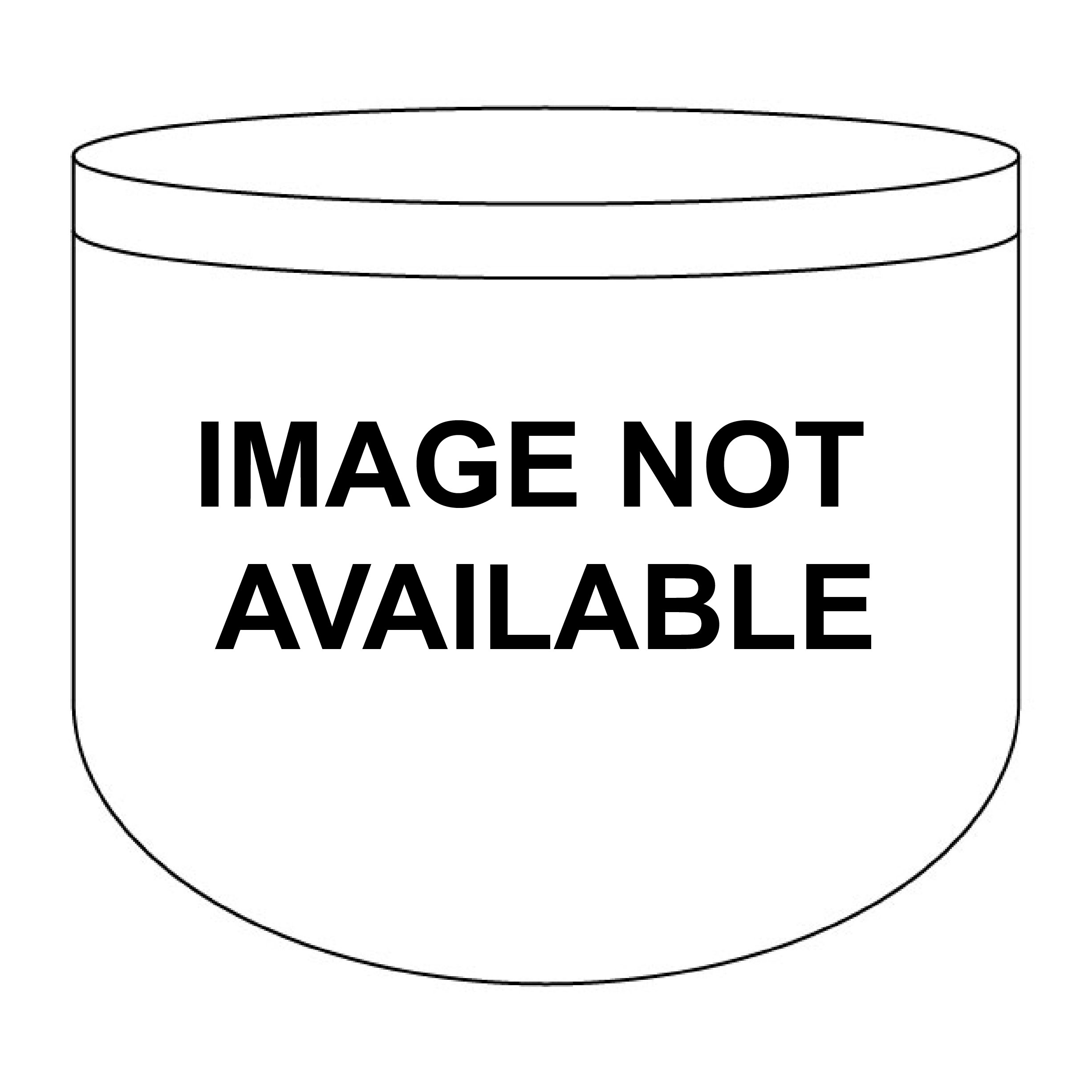Kea / St. Kea / Saint Kea
Results: 2 records
INFORMATION
FontID: 01096KEA
Object Type: Baptismal Font1
Church/Chapel: Parish Church of All Hallows [originally from the old church dedicated to St. Kaius or Kea]]
Church Patron Saints: All Saints [old church dedicated to St. Kaius, aka Kea]
Church Location: The Church Office, Churchtown, Kea, Truro TR3 6AE, United Kingdom -- Tel.: +44 1872 262868
Country Name: England
Location: Cornwall, South West
Directions to Site: Located just SW of Truro, accessible via the A39
Font Location in Church: Inside the 19th-century new church
Century and Period: 12th - 13th century / 15th century, Medieval
Workshop/Group/Artisan: Bodmin type
Font Notes:
Click to view
'On the ancient stone fonts of Cornwall' (1851) notes: "In the church of S. Kaius, Kea, near Truro, is a beautiful Norman font, which I consider to be one of the most striking of its kind. It was removed from old Kea church, when the present frightful edifice was erected. The bowl, which is circular, and of large dimensions, rests upon a central pier, and four angular shafts, which support heads. On two of its sides are carved floriated ornaments, on the third a dragon, and on the fourth a cross within a circle. It must have been carelessly removed, for the bowl is so cracked that it will not hold water; this might be remedied by lining it with lead. It has a new flat cover of oak." Romilly Allen (1884) writes: "The cross symbol does not occur frequently on fonts of the Norman period. Early examples are to be found at Llanfair y Cymwd, and at Llan Jestyn, in Anglesey [fn], also at Kea, in Cornwall" [footnote: "Archaeological Journal, vol. i, p. 126"]. Described in Cox & Harvey (1907) as a baptismal font of the Early English period ornamented with "dragons or salamanders". Listed in Cox (1912) as one of a group "of characteristically Cornish design […] excellent old Norm[an] font, with angle shafts of the Bodmin type, 39 in. high, and 31 in. in diameter" [Cox (ibid.) footnotes the enry: "For description and illustrations of this font, see Reliquary, N.S., x, 206-8"]. Cox (1923) shows what appears to be a hemispheric bowl on four columns plus cylindrical central column base. Pevsner (1970) writes: "the main object of interest is the Font. This is Norman, of Bodmin type, with five supports, heads at the four corners, and on the sides the tree of life twice, and once a cross and a lion passant." Illustrated in A Snap in Time [http://www.caerkief.co.uk/Churches/Kea.html] [accessed 17 November 2009]
COORDINATES
Church Latitude & Longitude Decimal: 50.235946, -5.024133
Church Latitude & Longitude DMS: 50° 14′ 9.41″ N, 5° 1′ 26.88″ W
UTM: 30U 355653 5566825
MEDIUM AND MEASUREMENTS
Material: stone, type unknown
Font Shape: hemispheric (mounted)
Basin Interior Shape: round
Basin Exterior Shape: round (with heads)
Diameter (includes rim): 77.5 cm*
Font Height (less Plinth): 97.5 cm*
Notes on Measurements: * [in inches in Cox (1912)]
REFERENCES
"On the ancient stone fonts of Cornwall: a communication", 83 (April 1851) / New Series no. 47, Ecclesiologist, 1851, pp. 96-102; p. 97-98
Allen, J. Romilly, "Notes on Early Christian Symbolism", N.S., VI, Proceedings of the Society of Antiquaries of Scotland, 1884, pp. 380-464; p. 395
Clarke, Kate M., "The baptismal fonts of Devon -- Part VI", 51, Report and Transactions of the Devonshire Association for the Advancement of Science, Literature and Art, 1919, pp. 211-221; p. 213
Cox, John Charles J., English Church Fittings Furniture and Accessories, London: B.T. Batsford, 1922
Cox, John Charles, Cornwall, London: George Allen & Company, 1912
Cox, John Charles, English Church Furniture, New York: E.P. Dutton & Co., 1907
Pevsner, Nikolaus, Cornwall, Harmondsworth: Penguin Books, 1970

